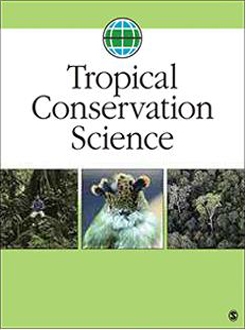Artificial ponds and swamps commonly occur throughout logged forests of Southeast Asia in association with roads. Dammed streams accumulate water, which floods the surrounding forest creating ponds and swamps, which are slow to recover to a condition that maximises their conservation value. In particular, ponds remain relatively anoxic and the self-recovery of swamps is slow due to delayed colonisation by swamp tolerant species. The Harapan Rainforest ecosystem restoration concession in Sumatra is a clear example of this issue. Within the 100,000 ha of lowland rain forest, four watersheds are present with more than 750 km of rivers and their tributaries. Across this area more than 175 artificial ponds and swamps have been created through the construction of the road network over the past 30–40 years. Despite the artificial nature of their creation there is a significant conservation value in improving the alluvial swamps due to the significant decline in extent of this habitat across Southeast Asia. However, tropical forest streams too have been widely degraded and are a conservation priority due to the uniqueness of their associated biodiversity. As such, we propose the restoration of these habitats through the drainage of ponds to improve stream flow and connectivity and the establishment of swamp specialist tree species. An approach for identifying sites suitable for restoration is presented focusing on making comparisons with ‘model’ streams and swamps. Restoration techniques are proposed, including a list of swamp species suitable for planting trials at swamp sites and techniques for the suppression of disturbance responsive species, such as bamboos, ferns and lianas. We stress that pond restoration activities in general should always include unmanaged control ponds to enable the measurement of the additional benefit of restoration activities beyond that of natural recovery.
How to translate text using browser tools
23 March 2015
Restoration of artificial ponds in logging concessions: a case-study from Harapan Rainforest, Sumatra
Lars Schmidt,
Djoko Prasetyonohadi,
Tom Swinfield

Tropical Conservation Science
Vol. 8 • No. 1
March 2015
Vol. 8 • No. 1
March 2015
Alluvial swamp forest
Southeast Asia
stream restoration
Tropical forest ponds




